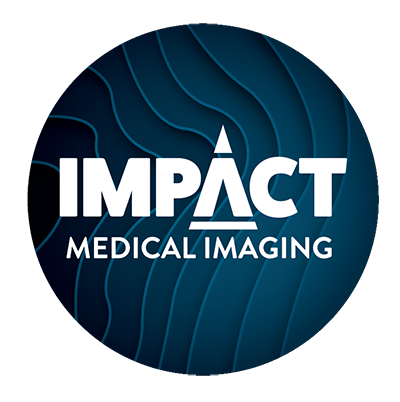Revolutionising
Breast and Lung Cancer Diagnosis Worldwide
Our Vision
Our vision is to make Propagation-based phase-contrast computed tomography (PB-CT) the reality of advanced breast & lung cancer diagnosis. Clinical translation of PB-CT for cancer diagnosis demands a diverse and multidisciplinary team of experts specialising in imaging physics, X-ray optics and instrumentation, clinical imaging, medicine, facility engineering and health economy. Our team has these skills and leads the world in clinical evaluation of PB-CT. Further, our Chief Investigators include world leaders in the science underpinning the technology, having played key roles in developing PB-CT and in continuing to refine it.
Our Aims
Our 5-year program of research has five complementary aims:
Aim 1. Optimise breast and lung imaging conditions for the clinic.
We will determine optimal PB-CT imaging conditions to suit different patient sizes and tissue compositions.
Aim 2. Conduct a large clinical trial to determine diagnostic efficacy of PB-CT.
Theoretical and computer simulation data for PB-CT has been accumulated, alongside experimental results utilising excised tissue samples. We will now verify the preliminary results in real-life human breast imaging.
Aim 3. Establish a world-first PB-CT clinic for staging and treatment options.
We will establish a diagnostic imaging clinic at the Australian Synchrotron’s Imaging and Medical Beamline (IMBL).
Aim 4. Develop a pathway for widespread clinical implementation using compact X-ray sources. Delivering PB-CT technology via commercially available compact X-ray sources will allow it to be widely integrated into specialist cancer care facilities across Australia and overseas.
Aim 5. Conduct a clinical and health economic evaluation.
Throughout aims 1-4, we will continually assess clinical outcomes and cost-effectiveness of PB-CT in cancer diagnostic and screening settings.
Expected Outcomes
The IMPACT program will:
(1) implement PB-CT clinically (at the Australian Synchrotron);
(2) establish a pathway for widespread clinical implementation of PB-CT;
(3) underpin future research for using PB-CT to study other body parts and organs (such as cartilage and cardiovascular), since current experimental evidence shows that PB-CT could revolutionise diagnosis in these areas.
(4) position Australia as the clinical and commercial hub for the next-generation of X-ray imaging technology.
